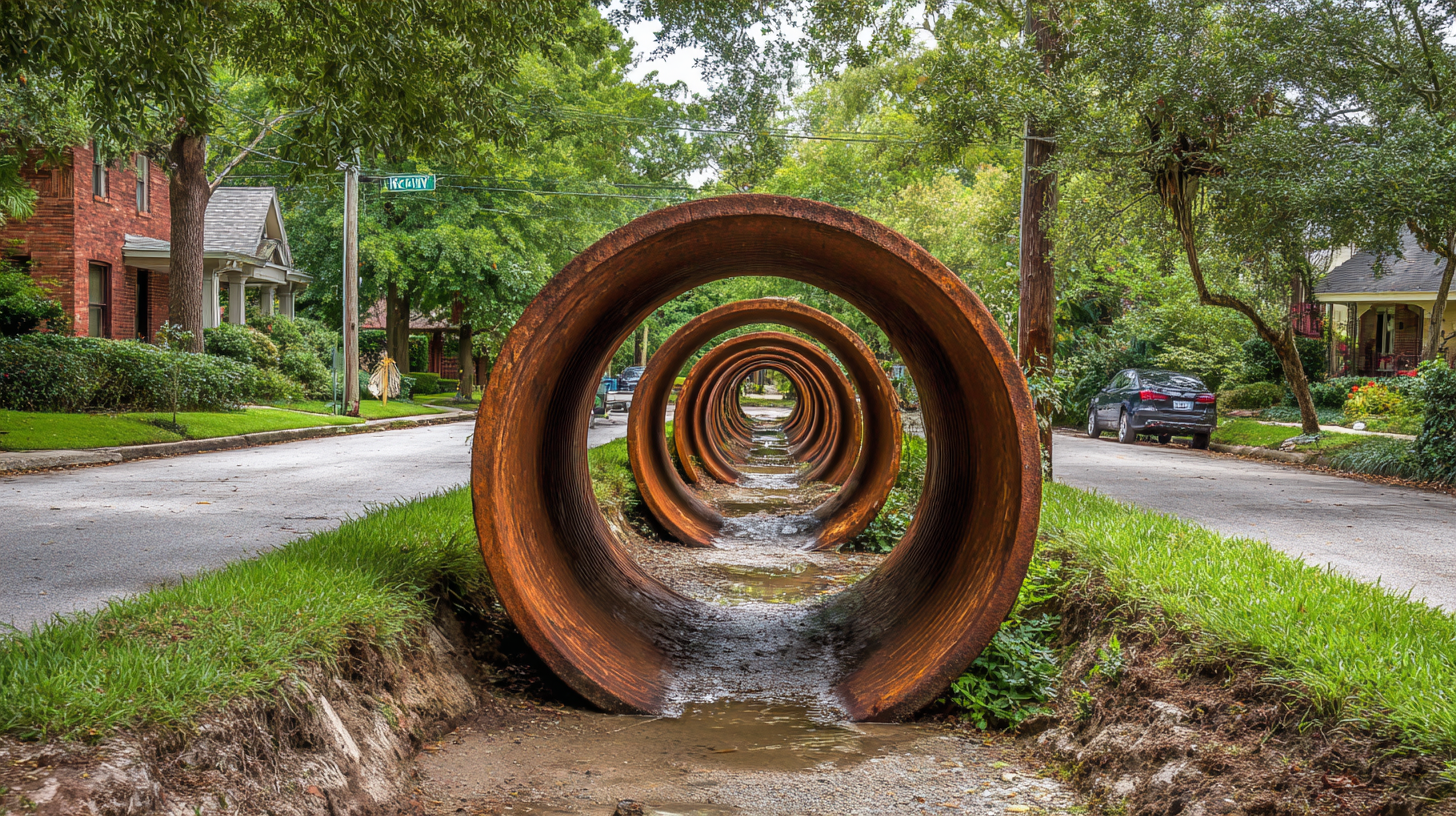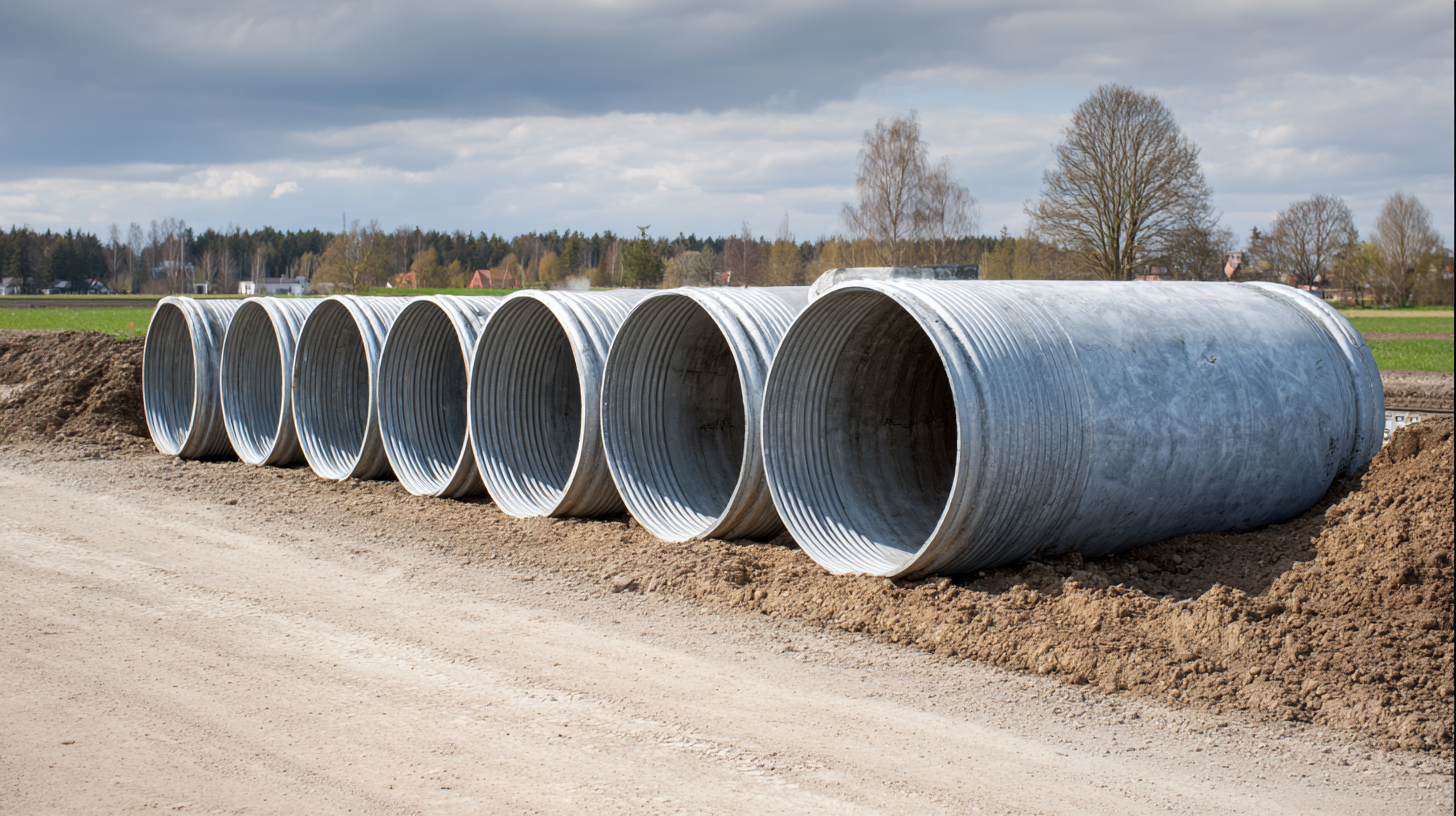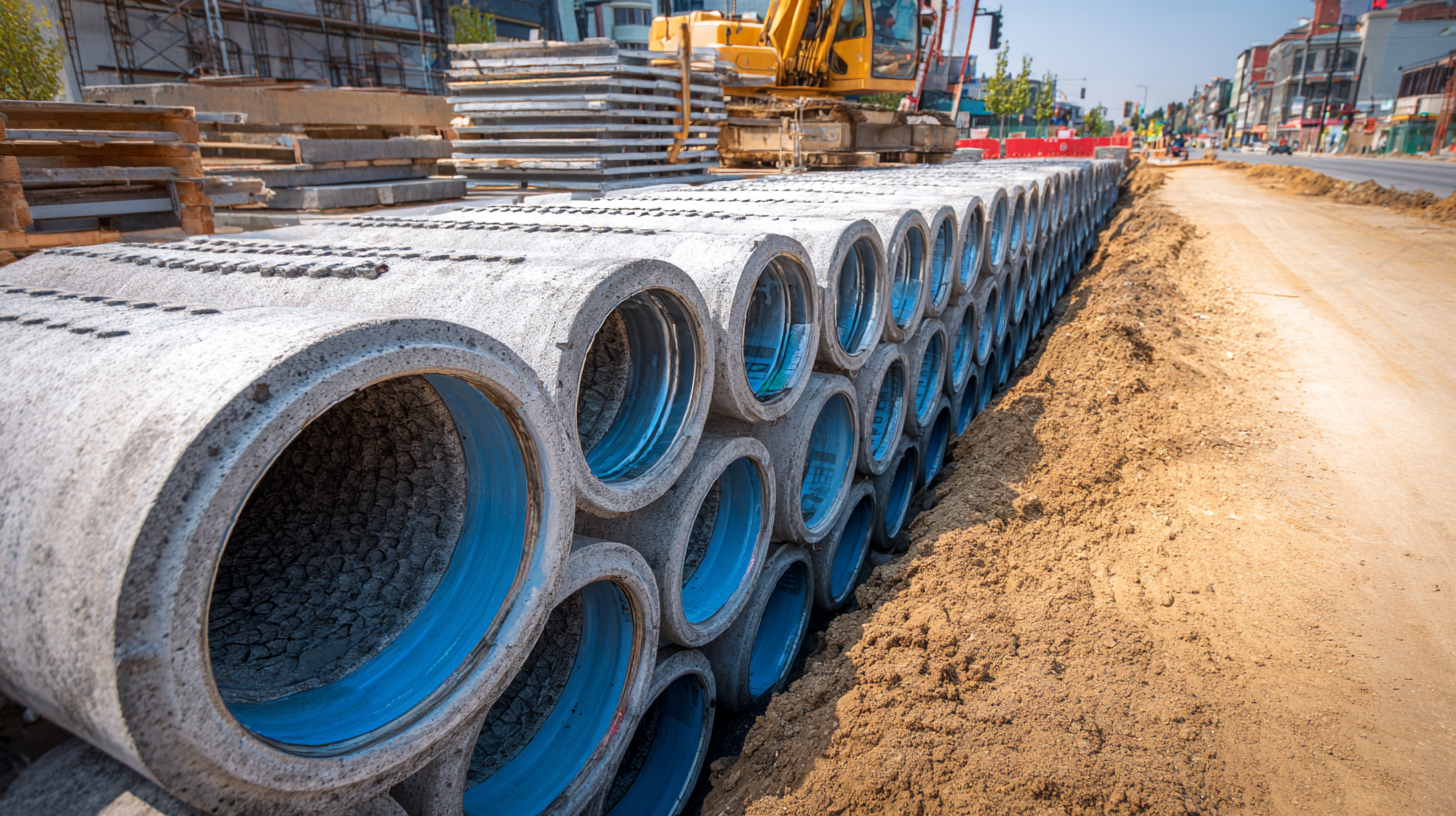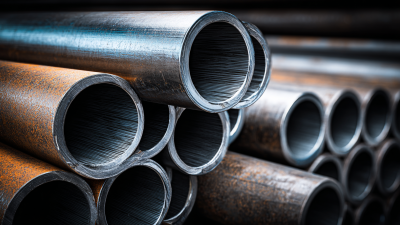
Made in America
Get Connected With



Email Us
sale@abrvpartsacc.com
Call Us
+1 (626) 448-2100
Made in America
Get Connected With




Storm drain pipes play a critical role in urban infrastructure, designed to manage excess rainwater and prevent flooding in our communities. According to the Federal Emergency Management Agency (FEMA), flooding is one of the most common and widespread natural disasters, with an annual cost exceeding $8 billion due to property damage and recovery efforts. Properly installed and maintained storm drain pipes can significantly mitigate these risks by efficiently directing stormwater runoff to treatment facilities or natural water bodies. Furthermore, a study by the American Society of Civil Engineers (ASCE) found that nearly 30% of urban watershed management systems face issues related to aging infrastructure, emphasizing the need for regular maintenance and upgrades. Understanding the functions, installation processes, and maintenance tips of storm drain pipes is essential for community planners and homeowners alike to safeguard their properties and enhance overall water management strategies.

Storm drain pipes play a crucial role in managing urban water runoff, preventing flooding, and protecting our ecosystems. They channel excess stormwater away from streets and paved surfaces, directing it to treatment facilities or natural water bodies. According to the U.S. Environmental Protection Agency (EPA), effective stormwater management can reduce pollution in our waterways by up to 50%. Moreover, the failure to maintain and properly insulate these pipes can lead to dire consequences; in recent incidents, storm drains have become dangerous traps, as highlighted by the tragic drowning of a 13-year-old boy in Maryland during a flash flood.

The importance of regular maintenance and inspections of storm drain systems is underscored by events such as recent rescues involving animals and humans alike. For example, in New York, rescuers used innovative methods to free a kitten from a storm drain, showcasing the pipes' unintended hazards. Additionally, the rise of criminal activities using storm drains, particularly for smuggling, has prompted law enforcement to revisit regulations surrounding these infrastructures. The growing awareness of storm drain function emphasizes the need for community action in reinforcing safety standards and enhancing the resilience of urban drainage systems.
Storm drain pipes play a crucial role in controlling and directing stormwater runoff, and their design and material selection are key factors in their effectiveness. Common materials for storm drain pipes include PVC, concrete, and corrugated metal. Each has its advantages; for example, PVC is lightweight and resistant to corrosion, making it a popular choice for residential applications. Conversely, concrete pipes are known for their durability and ability to withstand heavy loads, which is essential in urban areas with significant vehicular traffic.
When designing storm drain systems, considerations such as pipe diameter, slope, and connectivity to other drainage systems are critical. The diameter must be appropriate to handle the anticipated volume of stormwater, while the slope ensures efficient flow and minimizes the risk of blockages. Additionally, junctions and inlets should be strategically placed to facilitate the smooth transition of water through the system. Properly designed and maintained storm drain pipes can significantly reduce flooding and erosion, protecting both infrastructure and the environment.
| Type of Storm Drain Pipe | Material | Diameter (inches) | Typical Uses | Maintenance Tips |
|---|---|---|---|---|
| PVC Drain Pipe | PVC | 4-12 | Residential landscaping, drainage systems | Regularly inspect for cracks, clean blockages |
| Corrugated Drain Pipe | PE (Polyethylene) | 6-24 | Agricultural drainage, roadside drainage | Ensure proper burial depth, clear sediment |
| Concrete Drain Pipe | Concrete | 12-60 | Urban drainage systems, heavy traffic areas | Inspect for cracks, ensure proper sealing |
| HDPE Drain Pipe | HDPE (High-Density Polyethylene) | 4-36 | Stormwater management, sewer systems | Regular cleaning, check for improper sagging |
| Brick Drainage Channel | Brick | Varies | Open drainage systems, decorative landscaping | Inspect joints, clear debris regularly |
Installing storm drain pipes requires careful planning and execution to ensure effective water management. Begin by selecting the appropriate location for the installation. The site should be assessed for optimal drainage needs, ensuring it can handle stormwater runoff efficiently. Once the location is finalized, mark the trench path, ensuring it slopes slightly towards the drainage area, typically 1% to 2%, to facilitate water flow.

Next, dig a trench that accommodates the diameter of the storm drain pipes, allowing for additional space for bedding material. A gravel base is often recommended to support the pipes and enhance drainage. After placing the pipe, ensure that the joints are securely connected, and then cover the pipes with soil, compacting it carefully to prevent settling. It's crucial to check for any obstructions and ensure that the drainage patterns align with local regulations. Following these installation steps will help to ensure your storm drain system functions effectively, mitigating flooding and erosion in your area.
Regular maintenance is crucial for prolonging the life of storm drain systems and ensuring they function effectively. One essential tip is to perform routine inspections. Homeowners should check for signs of blockages, such as standing water, which can indicate debris accumulation. Clear any leaves, sediment, or trash that may impede water flow. Additionally, ensure that grates and catch basins are free from obstructions, as these areas can quickly become clogged during heavy rainfall.
Another important aspect of maintenance involves cleaning and flushing the storm drain pipes. Annual or semi-annual cleaning helps prevent buildup of sediments and pollutants that could cause backflow or system failure. Utilizing a high-pressure water jet can effectively dislodge stubborn debris. Furthermore, consider employing the services of professional drain cleaning services if the system requires more extensive attention. By maintaining a proactive approach to storm drain care, property owners can enhance the longevity and performance of their drainage systems, ultimately protecting their property from potential water damage.
Storm drain pipes play a crucial role in managing excess rainwater and preventing flooding, but they often face common issues that require attention. One of the most prevalent problems is clogging, which can be caused by debris, leaves, and sediment buildup. When debris accumulates, water cannot flow freely, leading to overflows and potential damage to surrounding areas. To mitigate this issue, regular inspection and cleaning of storm drain systems are essential. Utilizing tools like drain snakes or hydro jetting can help clear blockages effectively.
Another significant concern with storm drain pipes is structural damage, which can result from ground movement, heavy traffic, or extreme weather conditions. Cracks, misalignments, and even collapse can occur over time. To address these problems, property owners should conduct periodic inspections to assess the condition of their drain pipes. Implementing preventive measures, such as proper installation techniques and reinforcing vulnerable areas, can extend the lifespan of the drainage system and minimize costly repairs. Furthermore, in the event of significant damage, seeking professional assistance for repairs or replacements is crucial to ensure the proper functioning of the drainage system.





